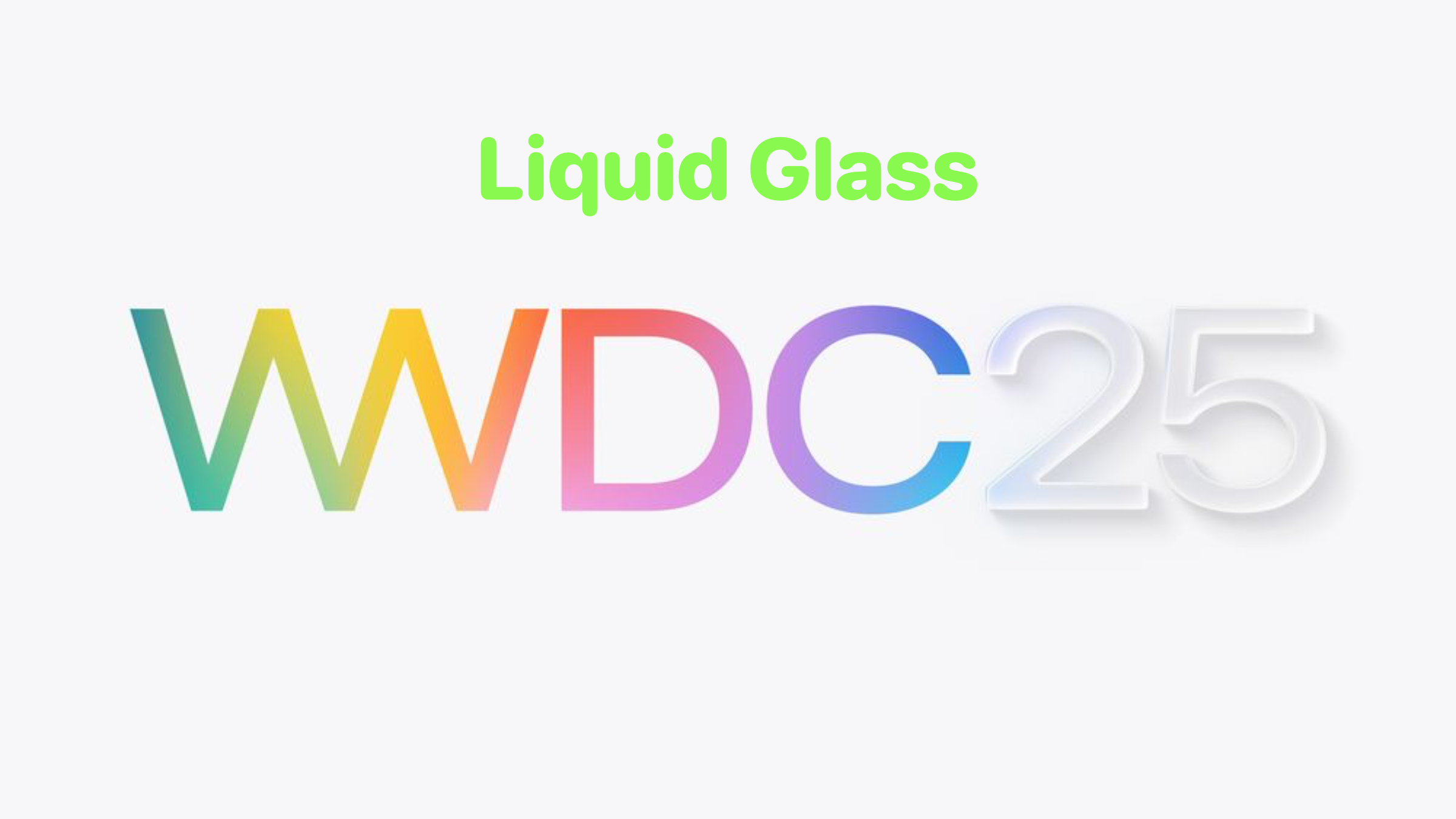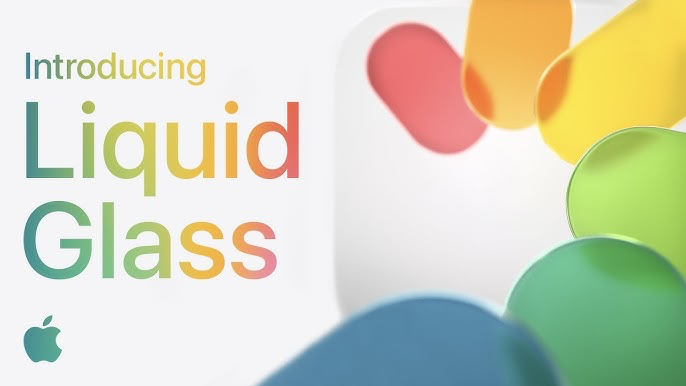Liquid Glass is the Future

Almost everybody is wrong about Apple's new Liquid Glass.
Liquid Glass goes beyond "redesign", it's not a new UI "skin", and it's not merely a new "material design" — although it certainly embodies concepts from each of those.

Liquid glass is more ambitious than each of those, and more ambitious than all of them, together.
Liquid Glass is a new way to think about how to provide an intuitive layer of abstraction between navigation controls and the core functionality of an app.
Consider a few issues that have plagued UI/UX for a couple decades, since the advent of powerful built-in graphics.
🔵 Inconsistent light source, transparency levels, and tint color, not only between your app and the operating system, but between apps and within a single app, as well, particularly for more complex apps with many interfaces.
🔵 Providing support in your app for simply a light mode and a dark mode is ridiculously, comically, weirdly difficult sometimes — even thought it *seems* like it should be simple. Apple eschewed the concept of "skins" because it was so difficult to just get these two modes right, for so long. Apple didn't even provide system support for dark mode until 2019 (iOS 13).
🔵 It can be difficult to design transitions between views that don't feel "jarring" to the users: "Why did the view flip up, spin around, and dissolve into bunch of raining triangles, when I touched that button! 🫨 Where am I¿‽" Solutions typically involve sticking with the system defaults and are often perceived by app designers as "boring" even though user confusion is reduced.
🔵 The design principals of material design have led to a tendency to flatten out the user interface within an app, while at the same time creating differences between an app and the system defaults, which can lead to user confusion; it's harder than it should be to focus on the core features of an app, and takes more cognitive effort than it should to find and use navigation controls, which blend in with the controls and content of the app.
Liquid glass is a bold experiment to address all that and more.
It might be a bit of a gamble, and to work, it will require developers to think more carefully about design than they typically do.
If it *does* work, it's a design language that brings the science fiction future to your iPhone, iPad, Mac, Apple Watch, Vision Pro, and Apple TV, this fall.
"…rather than trying to simply recreate a material from the physical world, Liquid Glass is a new digital meta-material that dynamically bends and shapes light. Simultaneously it behaves and moves organically in a manner that feel more like a light weight liquid, responding to both the fluidity of touch and the dynamism of modern apps." — Chan Karunamuni
Done well, User eXperience design (UX) is poetry.
If you're ready to refactor your user experience and user interface for Liquid Glass, contact me.
Let's build something great, together!